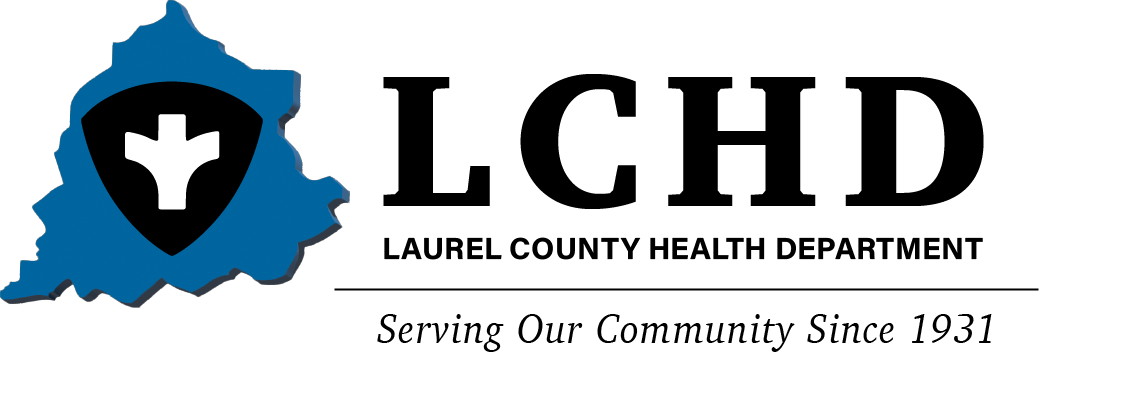
Working Daily Towards A Healthier Community
Serving Laurel County Since 1931
We are dedicated to serving Laurel County in efforts to prevent, promote, and protect the public health of its citizens by providing quality health education, preventive health care, and environmental services.
Diabetes & Nutrition
W.I.C. provides nutrition education and services, breastfeeding promotion and education, monthly food prescription of nutritious foods and access to health-care services. WIC saves lives and improves the health of nutritionally at-risk women, infants and children. This institution is an equal opportunity provider.
W.I.C.
Environmental
The LCHD Harm Reduction Program is a comprehensive community-based prevention and intervention program designed to help prevent the transmission of blood-borne infections such as HIV and HCV. This program serves individuals who engage in high-risk activities such as injection drug use.
Harm Reduction
Discover a wide array of resources related to diabetes and nutrition. We provide free diabetes classes and education on diabetes self-management. Register for our classes today to begin leading a healthier life for you and your loved ones.
The environmental program is designed to protect the health and well being of our citizens. We offer environmental and consumer protection programs for food service and public facilities, general sanitation and on-site sewage disposal systems.

COVID-19 & Vaccine Information
We are here for you.
Sign up to receive updates from the Laurel County Health Department:
Reporting Public Health Emergencies:
For public health emergencies occurring outside of normal business hours, please contact the appropriate authorities or seek the necessary medical attention. Law enforcement, local first responders, local hospitals and health care providers have after hours contact information for Health Department staff and will make the necessary contacts:
London Police Department - (606) 878-7004
Laurel County Sheriff’s Office - (606) 864-6600
Kentucky State Police Post 11 - (606) 878-6622
CHI Saint Joseph London - (606) 330-6000
OR Dial 9-1-1
Communicable Disease Reporting Requirements:
Physicians, hospitals, and laboratories report communicable diseases as required by 902 KAR 2:020 to the Epidemiology unit of the health department. Qualified health department staff persons provide investigation of the cases and report the communicable diseases to the state office which reports to Centers for Disease Control and Prevention. Medical Providers, hospitals, or laboratories who are reporting a communicable disease can download and fill out the Kentucky Reportable Disease (EPID 200) Form.
After Hours Reporting:
Kentucky Department for Public Health, Division of Epidemiology and Health Planning
Phone: 1-888-973-7678 or 1-502-564-3418 | Fax: 1-502-696-3803
*The Kentucky Department for Public Health will contact the local public health authorities regarding after hours reports.






